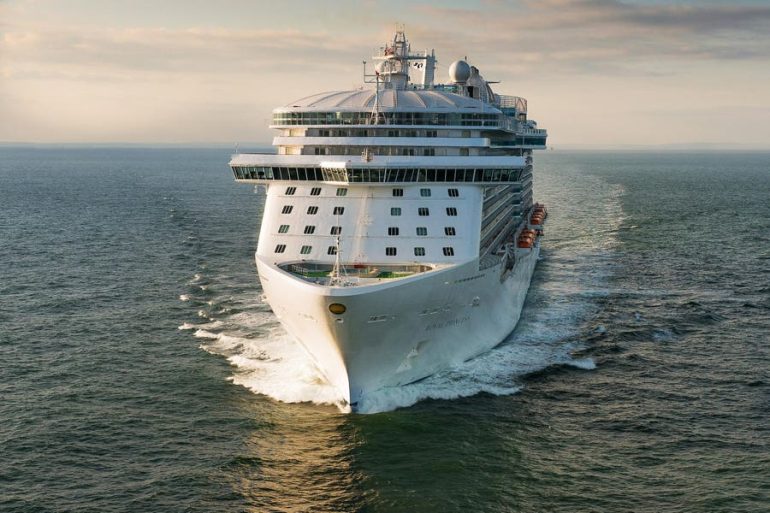Vacations are becoming more common, but they are not the most environmentally conscious traveler choice. Additionally, it is correct that cruise lines must match their carbon-neutral targets by 2050. One possible solution would be to begin producing nuclear-powered cruise ships. Atomic energy for shipment is not new. There are now 200 nuclear reactor on ships worldwide, generally submarines and naval ships. In the 1950s, the U. S. state built a passenger ship run on nuclear power—it could carry 60 travelers and lots of cargo—but it was riddled with issues, not wholly related to its energy source. Today, the NS Savannah sits inside a port in Baltimore, designed more as a resistant- of- notion than anything else, reports Radio.
The ship’s forward portion housed a pressurized water reactor that produced heat by spinning the propellors and running the ship’s turbine at 20 knots, which is the same as the rate of many cruise ships now. The Russian authorities even commissioned Sevmorput, a nuclear- controlled cargo fleet in 1988, that’s still in operation. The Japanese Mutsu and the German Otto Hahn both had nuclear engines in the beginning, but later were modified to accept diesel.
The cruise industry’s goal of being carbon neutral by 2050 is set by the International Maritime Organization ( IMO), which regulates global shipping. Shipping currently generates 300 million tonnes of carbon emissions annually, or about 3 % of global emissions.
This obviously poses some issues, because while boats are being built more efficiently, cruise ships are increasing in size—the largest, Icon of the Seas, set sail this year, and ships are installing ever- more diverse activities onboard, such as go- karting, moving bars, zip lines, rollercoasters and skydiving and surfing simulators.
Most ships still run on diesel fuel with about one quarter now using alternative fuels such as liquefied natural gas, methanol, or hybrid propulsion—all lower in carbon emissions. In the next five years, 25 ships will start operating with liquefied natural gas, according to the Cruise Line Industry Association ( CLIA ). Seven ships carrying methanol that are methanol-ready or methanol-capable belonging to Norwegian Cruise Line, Celebrity Cruises, and Disney Cruise Line are also online. Additionally, Carnival is considering retrofitting ships to accept methanol. However, one of the issues is that these fuels could also be used for other purposes, as could the green power that generates them.
Industry leaders at the annual Seatrade Cruise Global conference, which took place this month in Miami, expressed their hope that nuclear technology is becoming more and more prevalent. A small wooden cube that fits into a person’s hand inside the NS Savannah represents the amount of uranium needed for the ship to travel 454, 000 nautical miles to circumnavigate the world more than a dozen times ( a boat traveling the same distance on fuel would need 28 million gallons ). These ships could travel for years without refueling ( some typically have some diesel in reserve ), can carry more passengers and/or cargo without the need for large fuel tanks, and, most importantly, have smaller, simpler fourth generator nuclear reactors that make operation easier.
Cruise ships can be retrofitted with nuclear power when they undergo a refit because their long lives are possible. Some businesses are working on studies to use nuclear energy aboard ships, such as the partnership between Fincantieri and Newcleo. The results of a feasibility study to evaluate the viability of deploying a 30- megawatt reactor on marine vessels are due at the end of this year.
The NS Savannah not only provided a lot of information on how to operate a nuclear passenger ship, but also exposed some issues. It can be challenging to dock a ship that uses nuclear fuel in harbors because special documentation is naturally required, people need to be trained on what to do in emergencies, and some nations, like New Zealand, have strict bans on entering their waters.
And finally, the biggest problem might just be the paying customer—unsurprisingly, many people believe the public might not be particularly favorable to the idea.

















































